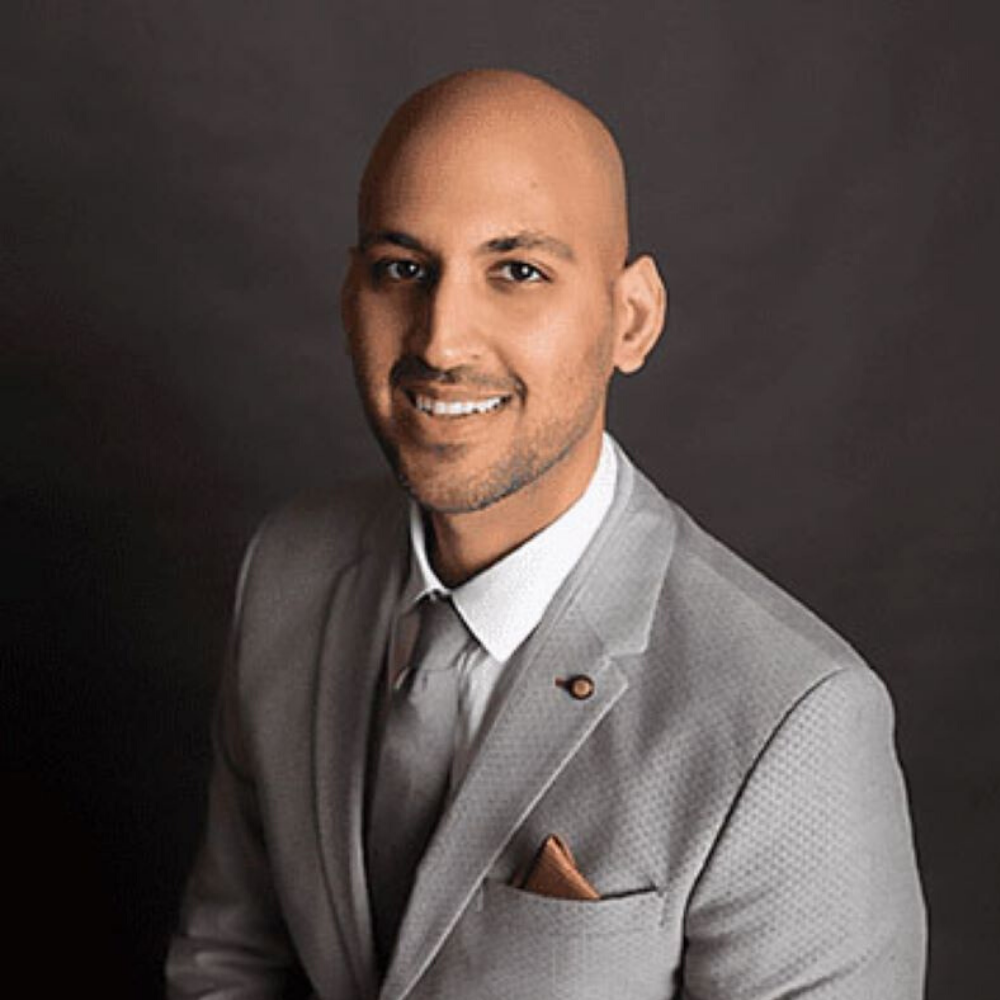
National Expert Rishin Shah, MD Shares Critical Vascular Health How-To Tips
More than 30 million people in the United States have vein problems ranging from the superficial spider to the more severe varicose veins and deep-vein thrombus, yet many individuals focus on the appearance over health when signs of varicose veins arise.
Which is why Rishin Shah, MD, a triple-board certified surgeon, cardiovascular specialist and founder of Prime Heart & Vascular, a Texas-based group of health care medical centers, wants families to be better informed about this critical topic.
Dr. Shah would like individuals to understand that deep vein thrombosis, a clot in a vein, is a serious condition that affects up to 900,000 people in the U.S. every year. If part of the clot breaks free, it can travel to a lung and is potentially deadly. Venous disease is a chronic condition, meaning the symptoms can be life-long and can progress if not treated.
The following are key tips from Dr. Shah, explaining how your body alerts you to symptoms and some preventative measures you can take:
How Your Veins “Talk”
It’s important to listen to your body, rather than ignore aches and pains that could be critical clues to your general health. Veins carry blood to your heart, relying on muscles and healthy valves to defy gravity. If weakened, blood can pool and clot. So, learn how your veins talk to you. Below are some of the ways your veins may be signaling that they need your attention:
- Pain or tenderness in your legs
- Discoloration of the skin
- Swelling
How Your Veins Sound the Alarm
If you experience sudden shortness of breath, pain when you take a deep breath, racing heart rate, rapid breathing, and/or cough up blood, it’s time to call 9-1-1. These are all signs that a clot has broken away from a vein and travelled to your lungs.
Listening to Your Arteries
The other main player in your circulatory system is arteries, which carry blood from your heart throughout your body. Blockages in your arteries can cause heart attack, stroke, peripheral arterial disease(PAD), leg pain, leg and foot sores, and kidney disease.
There’s actually a higher mortality rate from peripheral artery disease than there is from breast cancer. When blood can’t reach your limbs, gangrene can set in and necessitate an amputation. Unfortunately, amputation greatly increases mortality rates.
How Your Arteries “Talk”
It’s estimated that as many as 18 million Americans have PAD, which can be an indicator of a more widespread arterial disease. So, be on the lookout for these symptoms of PAD:
- Persistent pain, numbness, aching, or heaviness in your legs when you walk
- Cramps in your feet, leg, or butt
- Sores or wounds on your feet or legs that don’t get better
- Pale or bluish-colored skin
- One leg feels cooler than the other
Early diagnosis can help you avoid more serious health problems; regular checkups are vital and the appearance of any of the above symptoms, or anything that concerns you regarding your health, should be acted upon promptly.
ABOUT RISHIN SHAH, MD
Rishin Shah, MD, is a renowned cardiovascular specialist and founder of Prime Heart and Vascular, with locations in Plano, Frisco, and Allen, TX.























